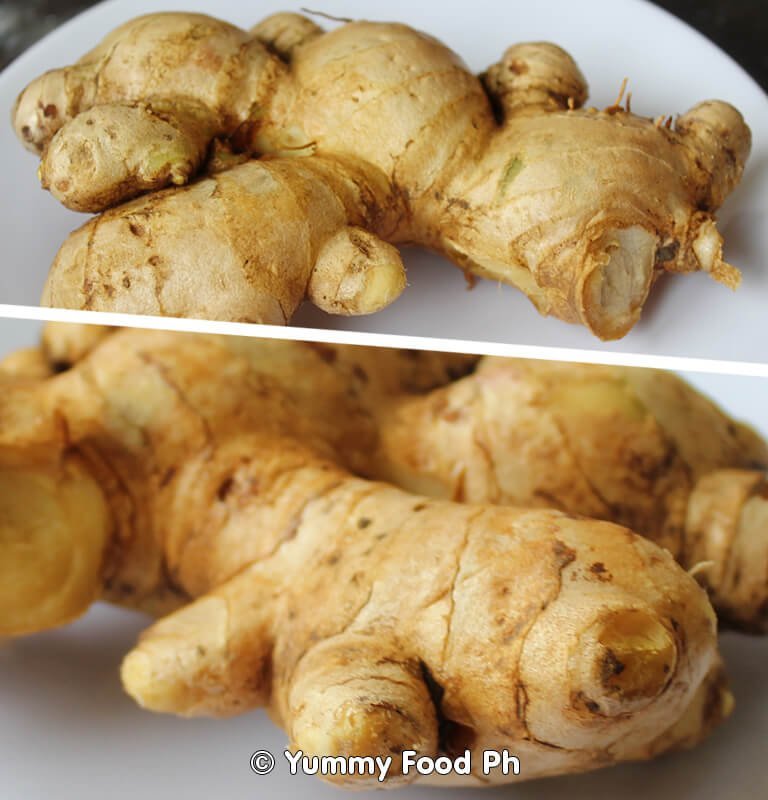Ginger (Zingiber officinale): A Versatile Spice with Global Appeal
Ginger is a thin perennial that grows to be 2 to 4 feet tall with grass-like leaves and greenish-yellow blooms.
Botanical Description
Ginger is a slender, herbaceous perennial plant that typically grows between 2 to 4 feet tall, featuring long, narrow grass-like leaves and occasional greenish-yellow flowers on cone-shaped spikes. However, it is primarily cultivated for its rhizome—a thick, knobby underground stem that is widely used as a spice and remedy. The name Zingiber officinale derives from ancient languages, where “zingiber” (from Sanskrit śṛṅgavēra) was likened to “shaped like a deer’s antler” due to its irregular, branching form.
Ginger is known by various names worldwide:
- Chinese: Jiāng (姜)
- Hindi: Adrak (अदरक)
- Spanish: Jengibre
- Italian: Zenzero
- French: Gingembre
- Arabic: Zanjabeel (زنجبيل)
- German: Ingwer
- Filipino/Tagalog: Luya
Culinary Uses: A Global Staple
Ğinger is one of the most widely consumed spices and is available in multiple forms:
- Fresh ģinger – Used in stir-fries, teas, and marinades.
- Dried ģinger – Ground into powder for baking and spice blends.
- Pickled ģinger (Gari) – Served with sushi to cleanse the palate.
- Preserved/Candied ģinger – Sweetened for desserts and snacks.
- Ğinger oil & juice – Used in beverages and medicinal tonics.
Ğinger in World Cuisines
- Chinese Cuisine: A fundamental ingredient alongside garlic and scallions, used in stir-fries, soups, and teas.
- Thai Cooking: Essential in curry pastes, Tom Yum soup, and Pad Thai.
- Indian Dishes: Found in curries, chutneys, and masala chai (spiced tea).
- Japanese Cuisine: Pickled ģinger (gari) accompanies sushi and sashimi.
- Middle Eastern & North African Dishes: Used in spice blends like ras el hanout and Moroccan tagines.
- Caribbean & African Cooking: Key in jerk seasoning, ģinger beer, and stews.
Medicinal Properties & Health Benefits
Ğinger has been used for thousands of years in Ayurveda, Traditional Chinese Medicine (TCM), and folk remedies for its healing properties. Modern science has confirmed many of its benefits:
Key Health Benefits:
- Digestive Aid – Relieves nausea (morning sickness, motion sickness, chemotherapy-induced nausea).
- Anti-Inflammatory & Pain Relief – Helps with arthritis, muscle pain, and menstrual cramps.
- Immune-Boosting & Antiviral – Fights colds, flu, and respiratory infections.
- Cardiovascular Support – May lower cholesterol and improve circulation.
- Antioxidant Effects – Protects against oxidative stress and chronic diseases.
- Blood Sugar Regulation – Shows potential in managing diabetes.
Cultivation & Harvesting
- Native to Southeast Asia, ģinger thrives in tropical and subtropical climates.
- Propagated from rhizome cuttings (not seeds).
- Requires warm, moist soil with good drainage.
- Harvested after 8-10 months—young ģinger is tender and mild, while mature ģinger is spicier and fibrous.
Conclusion
From ancient remedies to modern kitchens, ģinger remains a powerhouse of flavor and wellness. Whether enjoyed in a spicy curry, soothing tea, or as a natural remedy, its versatility and health benefits ensure its continued global popularity. A true culinary and medicinal marvel, ģinger is indispensable across cultures and cuisines.
These ingredients are frequently used in our culinary preparations.
Visit us on YouTube: Yummy Food PH

